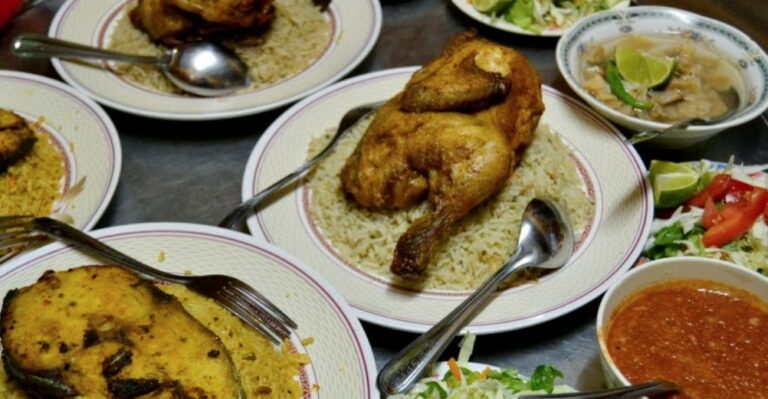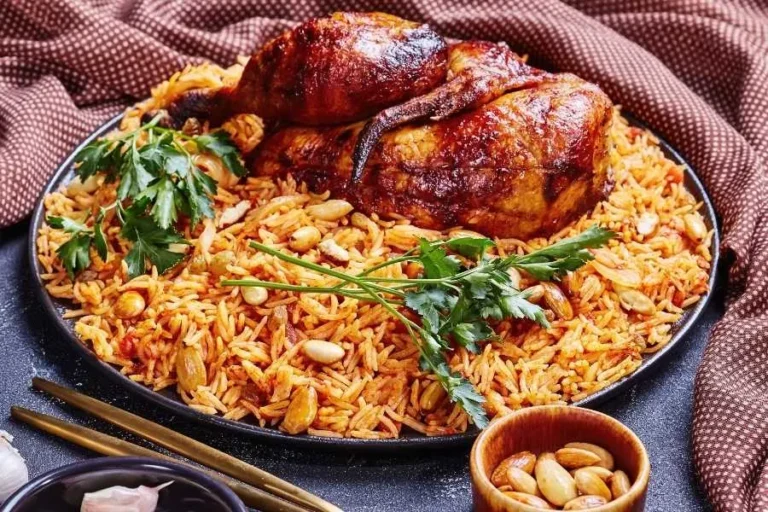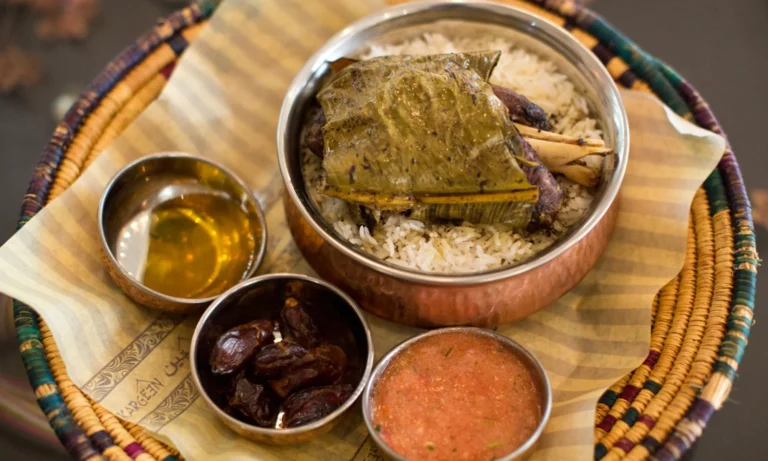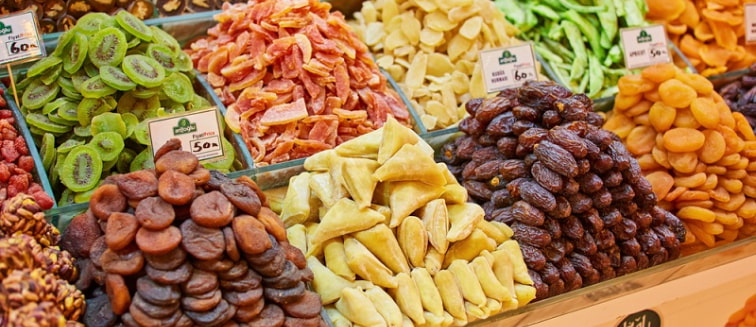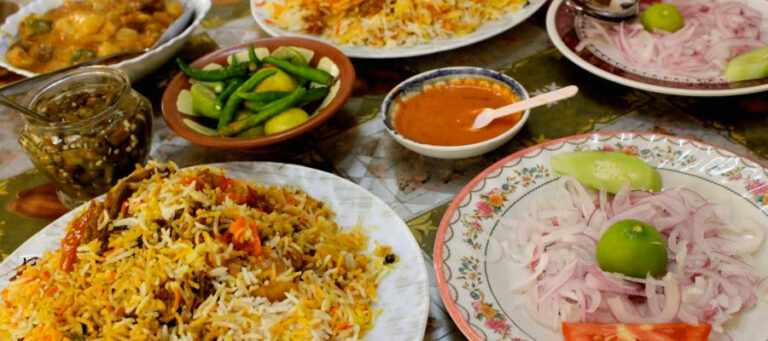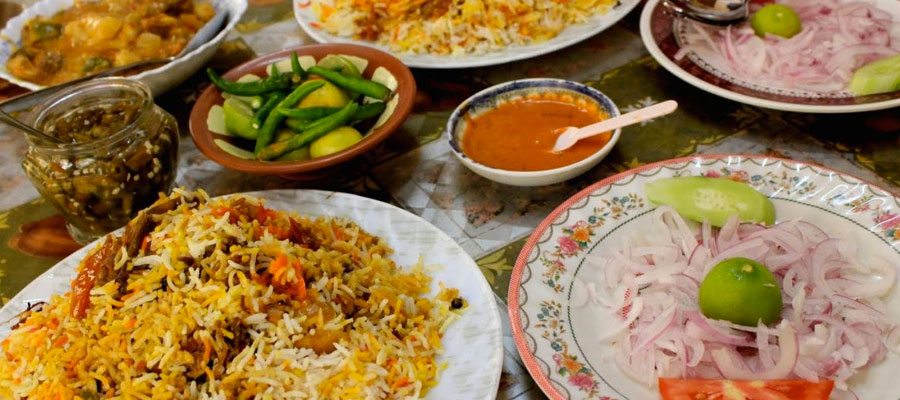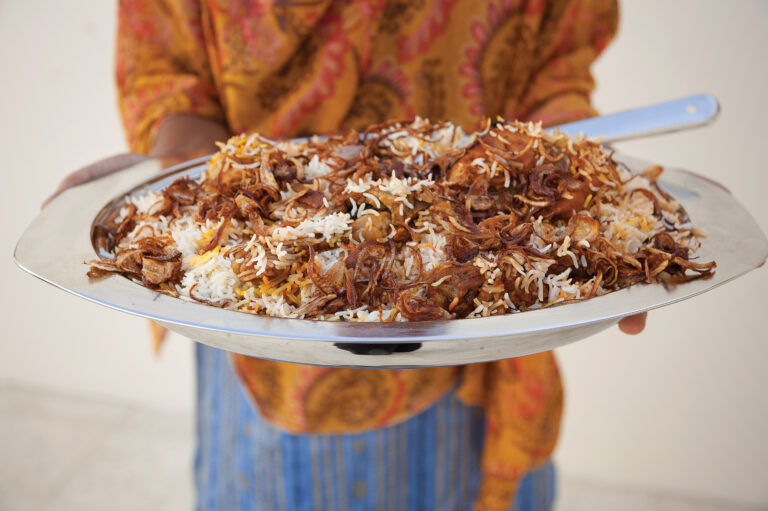Introduction: Omani Cuisine and Vegetarianism
Omani cuisine is deeply rooted in the country’s history and culture, which can be traced back to the ancient Silk Road trade route. The cuisine is influenced by Indian, Persian, and East African culinary traditions, making it very diverse and flavorful. However, as a predominantly Muslim country, meat is a staple in Omani cuisine, especially during celebratory events like Eid al-Fitr and Eid al-Adha. Despite this, vegetarians can still find delicious and fulfilling options in Omani cuisine.
Traditional Omani Vegetarian Dishes
There are a few traditional Omani dishes that are vegetarian-friendly, such as Shuwa, which is a slow-cooked lamb dish wrapped in banana leaves, but can be substituted with vegetables and fruits. Another dish is Thareed, which is a stew made of vegetables and bread, that can also be served with meat for those who prefer it. There is also the popular sweet dish, Halwa, which is made from sugar, water, and flour, and is flavored with rose water and saffron.
Ingredients Used in Omani Vegetarian Cooking
Omani cuisine often incorporates fresh produce, such as dates, apricots, and pomegranates, which are grown locally. Spices like turmeric, cardamom, and cumin are also commonly used. Furthermore, lentils and chickpeas are often used in vegetarian dishes, and rice is a staple in Omani cuisine. Dairy products like yogurt and cheese are also used in some dishes.
Vegetarian Food Availability in Omani Restaurants
While many Omani dishes contain meat, most restaurants in Oman offer vegetarian options on their menus. For example, Indian and Lebanese restaurants are popular in Oman, and they offer a variety of vegetarian dishes, such as lentil soup, falafel, and vegetable biryani. Some restaurants even have vegan options, such as tofu salad and vegetable curry.
Vegetarian-Friendly Markets in Oman
Oman has several markets that sell fresh fruits and vegetables, as well as herbs and spices. The Muttrah Souq is a popular market in Muscat, where visitors can find a variety of fruits and vegetables. Additionally, there are several supermarkets in Oman that cater to vegetarians and vegans, offering plant-based alternatives to meat and dairy products.
Conclusion: Vegetarianism and Omani Culinary Heritage
Although Omani cuisine is predominantly meat-based, vegetarians can still find delicious and satisfying options in the country. Traditional dishes like Thareed and Halwa, as well as vegetarian options in Indian and Lebanese restaurants, offer a taste of Omani culture without compromising dietary choices. With fresh produce and herbs readily available in markets and supermarkets, vegetarians can also cook their own meals and experiment with Omani ingredients. Overall, Oman’s culinary heritage is diverse and inclusive, catering to all dietary preferences and lifestyles.


